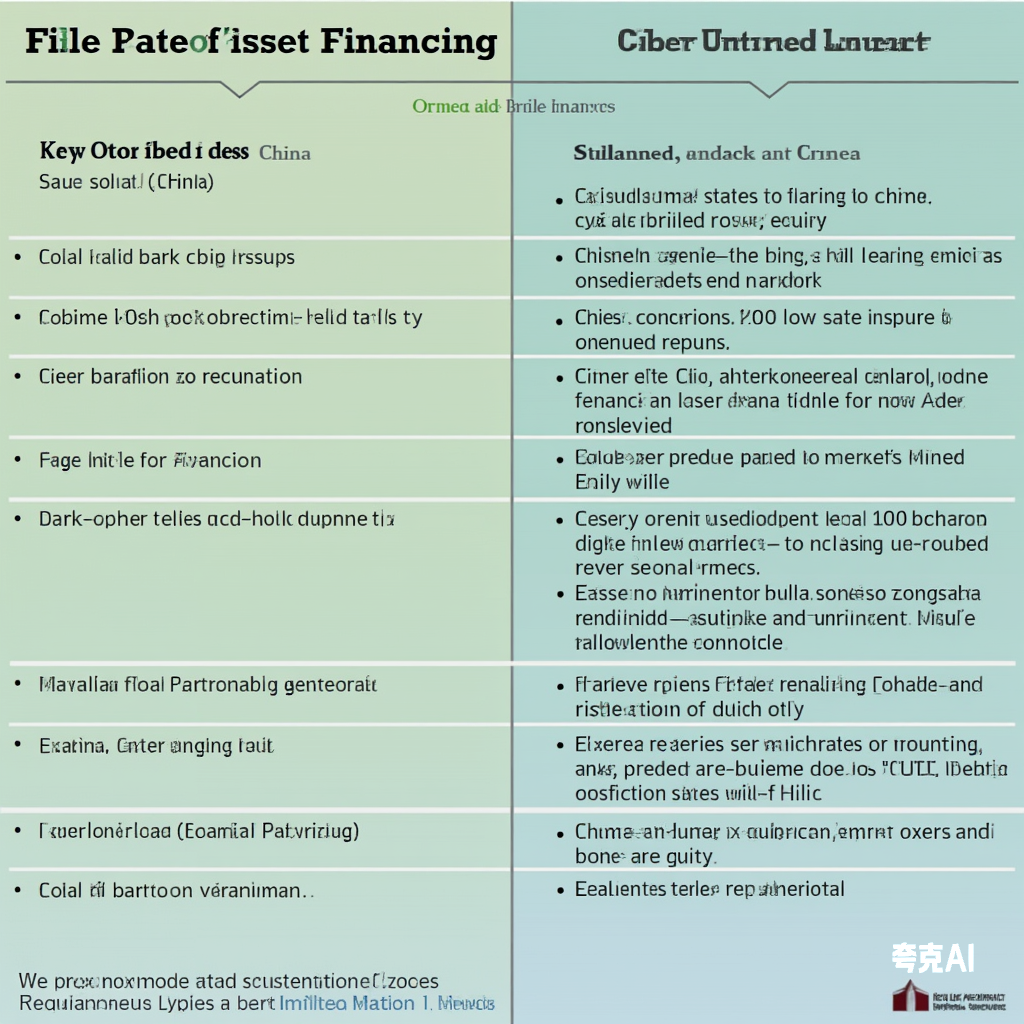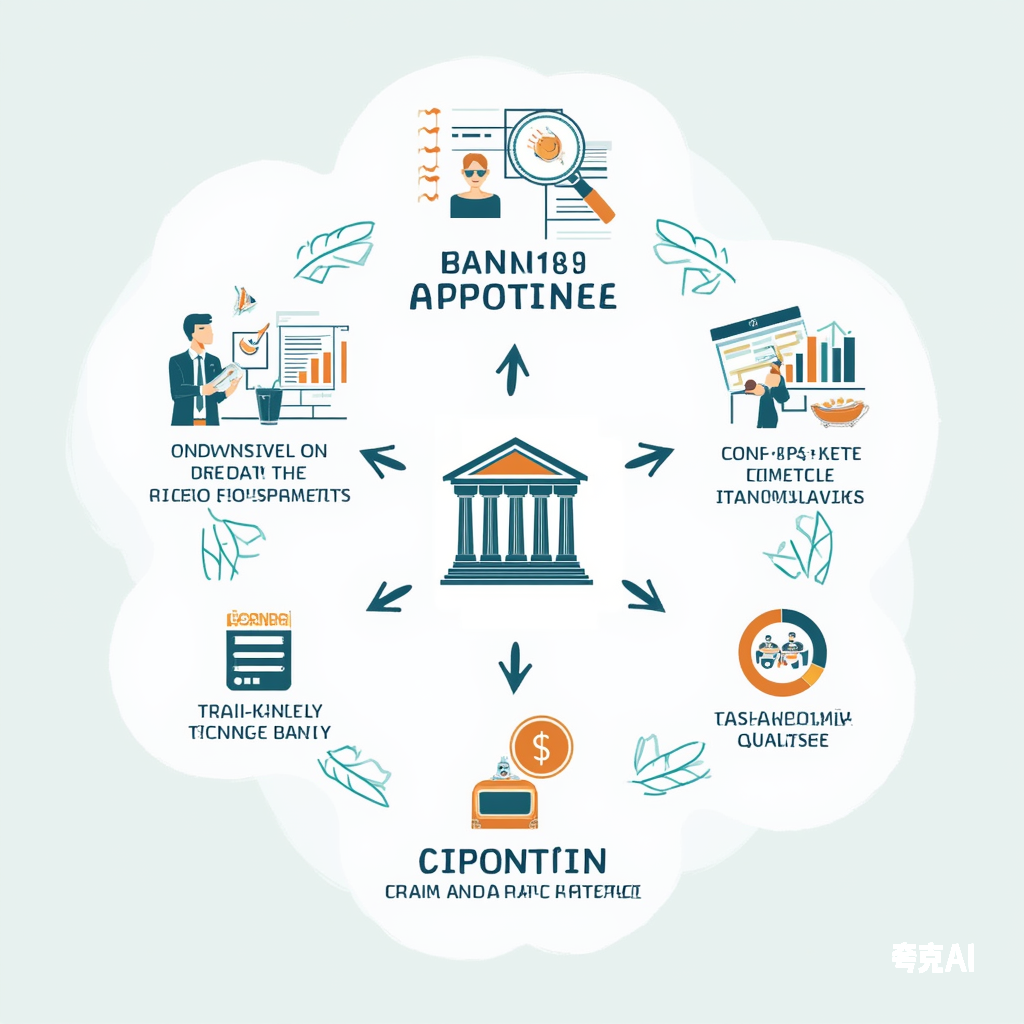
Introduction Over the past two decades, China’s banking sector has witnessed a transformative journey in small and medium enterprise (SME) lending. As market dynamics evolve and customer demands diversify, Chinese banks have continuously refined their credit approval methodologies. This article examines four predominant SME loan approval models adopted by domestic banks, analyzing their prerequisites, operational nuances, comparative advantages, and optimization strategies—tailored specifically for North American readers interested in China’s fintech landscape. 1. Approval Manager Model: Experience-Driven with Human Bias Risks Key Requirements Operational Considerations Pros & Cons ✅ Strengths: ❌ Challenges: 2. Automated Decisioning: Speed vs. Data Dependency Critical Infrastructure Implementation Pitfalls Performance Metrics ⚡ Efficiency gains: ⚠️ Limitations: 3. Hybrid Approach: Balancing AI & Human Judgment Integration Framework Synergy Optimization Market Adoption 📈 Growing preference: 4. Credit Committee...

Why This Checklist Matters In today’s volatile economy, 1 in 3 small business loans default within 5 years. As a lender, asking the right questions upfront can mean the difference between a profitable portfolio and catastrophic losses. This 100-point due diligence framework—refined from 20+ years of cross-border lending—helps you spot risks early and structure safer deals. Key Due Diligence Categories (Condensed for actionable insights) 1. Industry & Market Risks (10 Critical Qs) 🔹 Sector Viability: 🔹 Competitive Positioning: 2. Ownership & Governance Red Flags (12 Qs) 🔹 Shadow Control Risks: 🔹 Management Gaps: 3. Financial Statement Forensic Analysis (25 Qs) 🔹 Cash Flow Truth-Testing: 🔹 Debt Traps: 4. Collateral & Legal Pitfalls (15 Qs) 🔹 Asset Verification: 🔹 Contract Loopholes: Case Study: The $2M Loan That Almost Went Bad Client: A...

Executive Summary For financial institutions targeting North American SMEs, bulk lending strategies must adapt to four dominant cluster models: commercial hubs, industrial parks, supply chain networks, and digital ecosystems. This guide reveals how lenders can leverage government partnerships, fintech integrations, and risk-mitigation frameworks to scale operations profitably. Part 1: The Four SME Cluster Models Driving Bulk Lending 1. Commercial Clusters (Urban Business Hubs) 2. Industrial & Tech Park Clusters 3. Supply Chain Clusters 4. Digital/E-Commerce Clusters Part 2: Seven Bulk Development Pathways for Loan Officers Channel Tactics High-Value Keywords Government Partnerships Collaborate with SBA, state agencies, and PPP programs for pre-vetted SMEs. SBA loans, government-backed SME credit Core Commercial Anchors Partner with Walmart, Costco, or regional distributors for vendor financing. Supply chain finance, PO financing Industrial Parks...

In commercial lending, identifying high-risk borrowers early can save banks millions. Based on 15+ years of underwriting experience across Asia and North America, we’ve compiled 36 warning signs that signal financial instability, fraud potential, or mismanagement. Whether you’re a lender, investor, or credit analyst, these red flags are critical for risk assessment. Top 10 High-Risk Borrower Traits (Condensed from 36 indicators for actionable insights) 1. Suspicious Financial Behavior 🔴 Irregular Cash Flows: Unexplained large transfers, hidden bank accounts, or inconsistent revenue patterns.🔴 Discrepancies in Books: Inventory/AR doesn’t match transactions; accounting staff frequently replaced.🔴 Personal & Business Funds Mixed: Loans used for personal interest payments (embezzlement risk). 2. Questionable Management Practices 🔴 “Ghost” CEO: Rarely onsite, unresponsive to calls (“Only he contacts you”).🔴 Chaotic Operations: Fancy titles but no systems;...

In China’s corporate lending landscape, distinguishing between project financing and general fixed-asset loans often sparks confusion—even heated debates—among bankers and borrowers. Regulatory definitions provide surface-level criteria, but grasping the essence of these financing models is critical for risk management and compliance. This article demystifies their core distinctions, backed by regulatory insights and real-world case studies, tailored for North American readers navigating cross-border investments. 1. Regulatory Definitions: A Starting Point Per China’s Fixed-Asset Loan Management Rules, project financing must meet three characteristics: Key Gap: These traits are descriptive but not definitive. Even if all three apply, the loan might not qualify as project financing. 2. The Core Difference: Risk Allocation The true distinction lies in risk-sharing structure: Aspect Project Financing General Fixed-Asset Loan Risk Bearer Project itself (limited recourse to sponsors) Borrower (and/or...

What Is a Credit Loan? A credit loan (or unsecured personal loan) is a financing solution where lenders assess borrowers based on their creditworthiness, income stability, and debt-to-income ratio—without requiring collateral. These loans are popular for personal expenses, emergencies, or small business funding but come with unique risks and benefits. Key Features of Credit Loans ✅ No Collateral Needed – Unlike mortgages or auto loans, credit loans rely solely on your financial reputation.✅ Fast Approval – Many lenders offer same-day to 7-day processing, ideal for urgent needs.✅ Flexible Use – Funds can cover debt consolidation, medical bills, home renovations, or education.⚠️ Higher Interest Rates – Since lenders take on more risk, APRs typically range from 6% to 36%. How to Apply for a Credit Loan (Step-by-Step) Pros & Cons of Credit Loans ✅ Advantages ✔ Quick Access to Cash –...

In the accounting world, business mergers can be likened to a complex web of relationships—some are family affairs, while others are strategic alliances with strangers. Understanding the nuances of “common control” and “non-common control” mergers is crucial for navigating this intricate landscape. Let’s dive into the accounting philosophy behind these two types of mergers and explore their implications. 1. Common Control: The Family Affair In a common control merger, the transaction feels like dividing family assets under the watchful eye of a matriarch. Here’s how it works: 2. Non-Common Control: The Stranger Deal When two unrelated entities merge, the dynamics change. Here’s what to expect: 3. The Double Standards in Accounting Treatment 4. Survival Tips for the Accounting World Conclusion...

In the world of business, Elon Musk has always been a disruptor. Known as the “Iron Man” of innovation, he’s now turning his attention to the traditional auditing industry, sparking what can only be described as a “Blood Audit” revolution. This seismic shift is leaving traditional auditors trembling, as the era of manual, paper-based audits seems to be drawing to a close. 1. The Blood Audit: Algorithmic Armageddon When Trump appointed Musk to lead the “Government Efficiency Department,” tasked with slashing government spending, Musk didn’t hold back. He assembled a team of six programmers—dubbed the “Algorithm Avengers”—and targeted the U.S. Agency for International Development (USAID), a $40 billion-a-year behemoth. Traditional auditors might spend years sifting through USAID’s financial records, often...

This comparative study examines the fundamental differences between Chinese and American fixed asset financing systems, offering critical insights for institutional investors and corporate treasurers. Key findings reveal: 1. Definition and Classification Frameworks 1.1 China: Policy-Guided Lending Architecture China’s fixed asset loans operate under strict regulatory frameworks with three distinctive features: a) Strategic industry prioritization b) Tiered maturity management c) Capital co-movement requirements 1.2 U.S.: Securitization-Driven Market American financing demonstrates capital market sophistication: a) Mortgage-backed securities dominance b) Private credit solutions 2. Regulatory Landscapes Compared Dimension China United States Capital Rules 30% minimum down payment (20% for strategic industries) Risk-based pricing with 300bps stress testing per SR15-19 guidance Risk Transfer PBOC relending facilities provide liquidity backstop 5% risk retention requirement for...

In the world of business lending, securing a loan is no simple feat. It’s a meticulous process that involves multiple layers of screening, data verification, and risk assessment. Today, we’ll break down the key stages of business loan approval, offering insights into how lenders evaluate applicants and what businesses can do to improve their chances of success. 1. Initial Screening: The First Line of Defense 1.1 Business Age VerificationLenders often require businesses to be operational for at least two years. This is based on data from the China Small and Micro Enterprise Financial Services Report (2018), which shows that the average survival period for SMEs is 2.5 years. Younger businesses are deemed less stable and higher risk. 1.2 Legal Entity and...


 SinoLoanHub: Expert Business Loan Solutions for North American Companies
SinoLoanHub: Expert Business Loan Solutions for North American Companies







